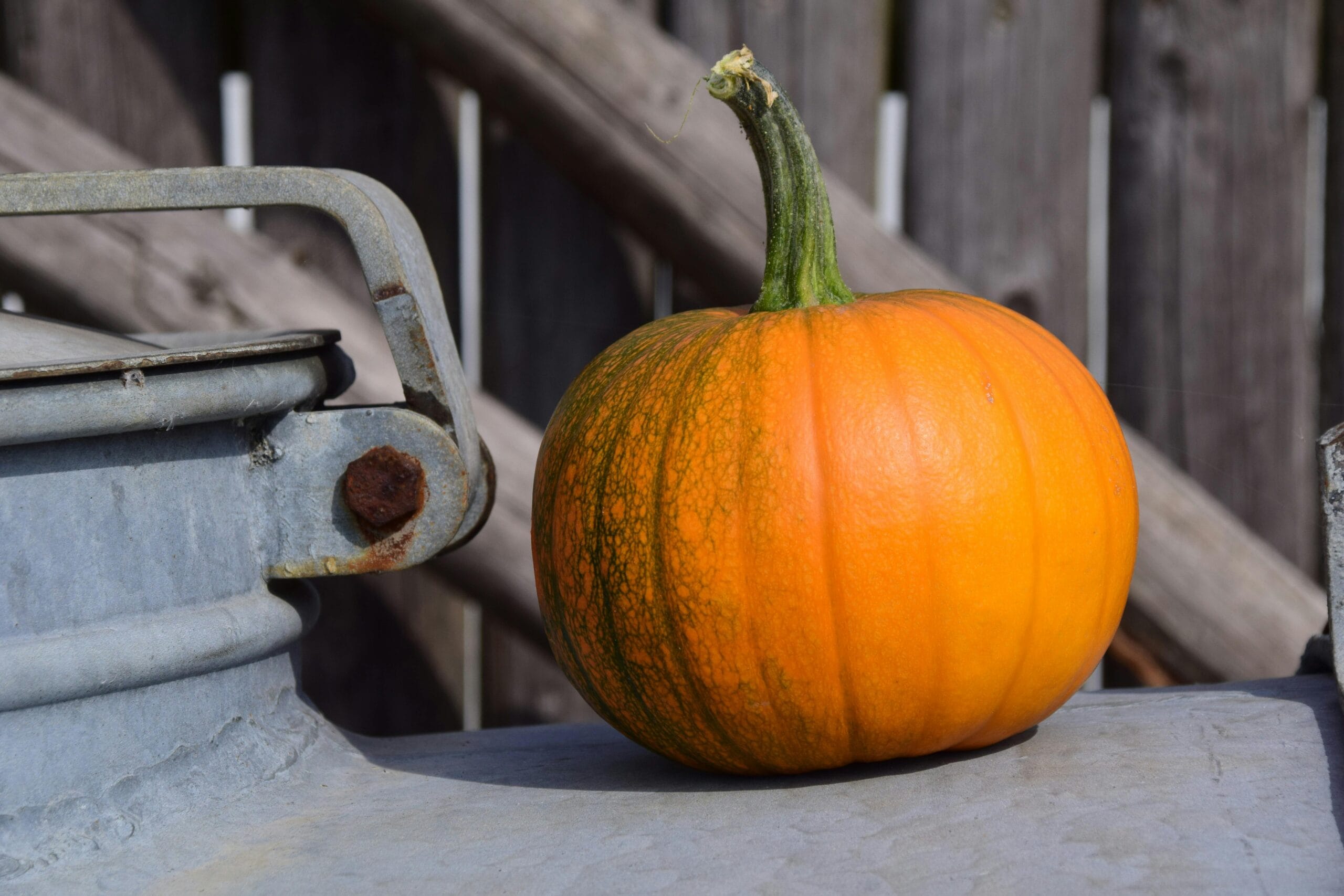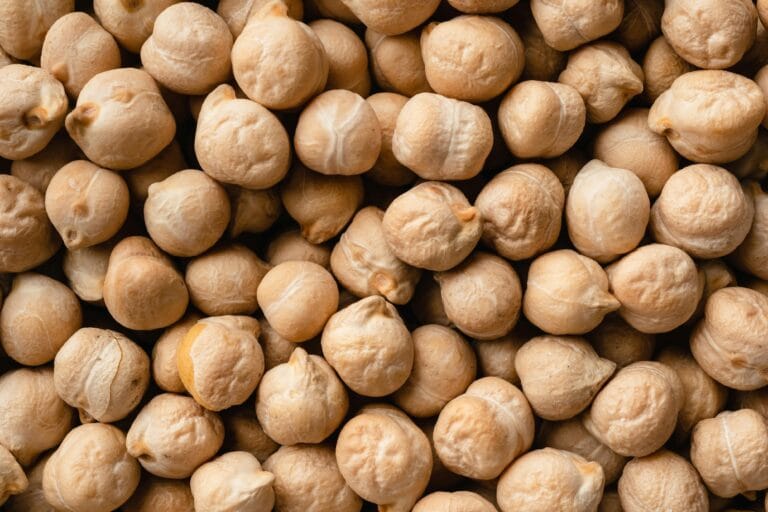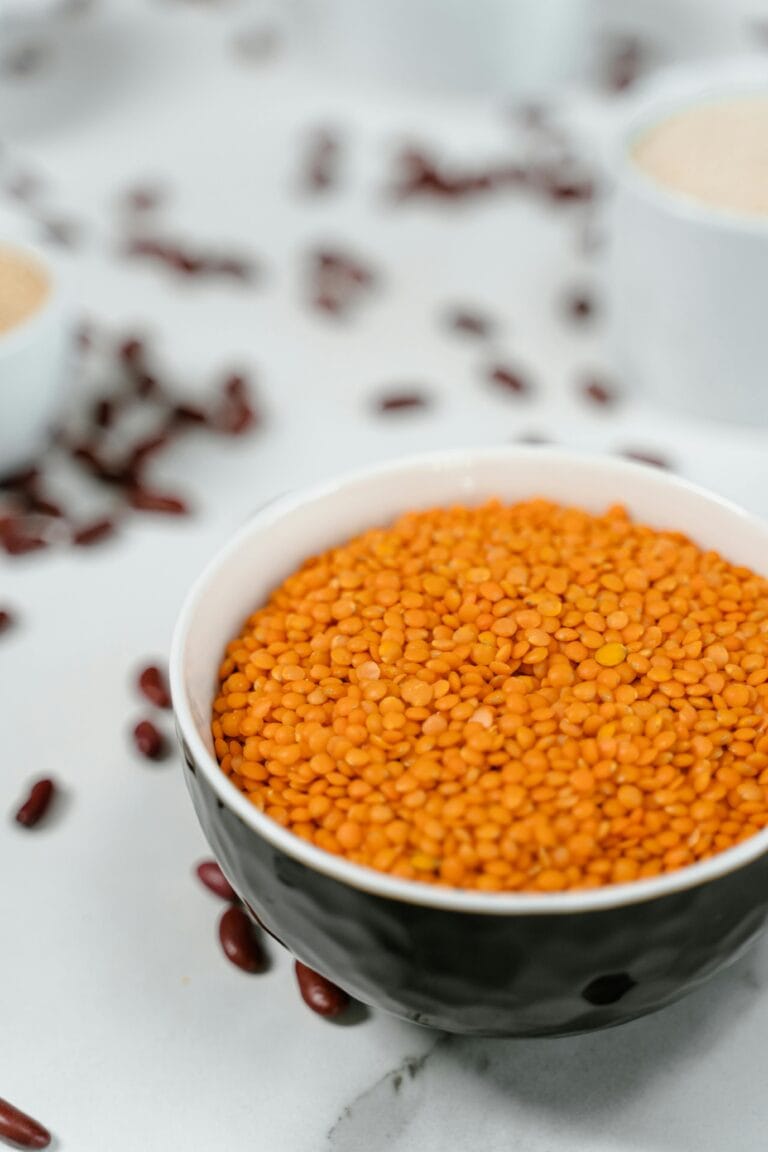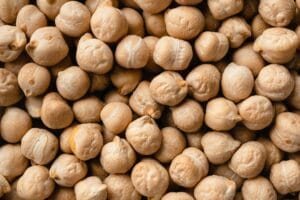Nutritional Benefits of Pumpkin
Pumpkin, a vibrant orange squash commonly associated with Halloween festivities, is not only a decorative element but also a nutritional powerhouse. Rich in essential vitamins and minerals, pumpkin plays a pivotal role in promoting overall health. One of the standout nutrients found in pumpkin is vitamin A, which is crucial for maintaining good vision and promoting eye health. The beta-carotene in pumpkin converts to vitamin A in the body, supporting not only vision but also skin health and immune function.
In addition to vitamin A, pumpkin is an excellent source of vitamin C, an antioxidant that helps bolster the immune system, protecting the body from infections and illnesses. A serving of pumpkin also provides a generous amount of potassium, a mineral important for maintaining healthy blood pressure levels and proper muscle function. The presence of dietary fiber in pumpkin contributes to digestive health, helping to regulate bowel movements and prevent constipation. This high fiber content can also aid in achieving a feeling of fullness, making pumpkin a suitable choice for those looking to manage their weight.
Moreover, pumpkin is low in calories, presenting an excellent option for health-conscious individuals. Its versatility allows it to be enjoyed in a variety of dishes, from soups and stews to smoothies and baked goods, facilitating easy incorporation into daily diets. The combination of vitamins, minerals, and fiber not only supports physical health but also enhances the overall nutritional profile of meals. By including pumpkin in your diet, you can reap the numerous health benefits of this seasonal superfood throughout the year, far beyond its traditional use in Halloween decorations and celebrations.
Daily Uses of Pumpkin in Your Diet
Pumpkin, particularly the orange squash variety, offers a myriad of options for incorporating this nutrient-packed superfood into your daily meals. A versatile ingredient, it can be used fresh, canned, or as pumpkin seeds, allowing for ample creativity in the kitchen. One popular way to utilize pumpkin is in soups; a creamy pumpkin soup, made with fresh puree, onions, garlic, and spices, can provide a warm, comforting starter. This dish not only highlights the rich texture of squash but also adds a significant amount of vitamins and minerals to the meal.
For those busy with daily activities, canned pumpkin serves as a convenient alternative. It can be easily added to a variety of dishes, from hearty stews to pasta sauces. The naturally sweet flavor of pumpkin also makes it an excellent addition to smoothies. Blending canned pumpkin with yogurt, bananas, and a touch of cinnamon creates a nutritious breakfast or snack that is both delicious and satisfying.
Baking presents another excellent opportunity to incorporate pumpkin into your diet. Pumpkin bread or muffins are popular options during the fall season, which can be made with a mix of flour, sugar, and spices. These treats not only provide a delightful taste but also offer an additional dose of vitamins, making them a healthier choice compared to traditional desserts. Furthermore, pumpkin seeds, or pepitas, can be roasted with spices for a crunchy snack or salad topping, enhancing any dish with their nutty flavor and crunch.
As the festive Halloween season approaches, consider utilizing pumpkin in your celebratory meals. Roasted pumpkin can serve as a side dish or even as an ingredient for enriching seasonal salads. The versatility of orange squash throughout the year encourages its inclusion in various recipes, ensuring that this superfood can be enjoyed across many culinary experiences.
Cultural Significance and Popularity of Pumpkins Worldwide
Pumpkins, often associated with the vibrant orange color and rich nutritional value, hold significant cultural importance across many countries. In the United States, pumpkins are emblematic of Halloween, where they are traditionally carved into jack-o’-lanterns to celebrate the spooky season. This custom originates from ancient Celtic practices, where turnips were initially used. Today, pumpkins have become the heart of this festive occasion, symbolizing harvest and seasonal change. Children and families engage in numerous activities, from pumpkin picking in local patches to the creation of festive decorations.
Beyond Halloween, pumpkins feature prominently in many harvest festivals worldwide, particularly in regions where squash is cultivated. In Mexico, for instance, the Day of the Dead celebrations includes foods made with pumpkin, reflecting the significance of this ingredient in traditional cuisine. Such dishes often celebrate the vibrant flavors and textures of pumpkin, reinforcing its role within cultural gastronomy.
In Asian cultures, particularly in Japan, the Kabocha, a type of pumpkin, is celebrated for its sweetness and versatility in cooking. It is commonly used in soups and desserts, showcasing the pumpkin’s adaptability in various culinary practices. Similarly, in Italy, pumpkins are integrated into risottos and raviolis, demonstrating their international influence.
The popularity of pumpkins extends into the nutritional realm as well, where they are recognized for their high vitamin content, especially vitamin A and C. This nutritional profile contributes to their status as a superfood, making them a highly sought-after ingredient during the autumn months. Whether for holiday feasts or everyday meals, pumpkins are cherished around the globe, forming a bridge between cultural traditions and modern dietary practices. The continued celebration of this remarkable fruit ensures its place in both kitchens and hearts worldwide.
Leading Pumpkin-Producing Countries
Pumpkins, symbolizing the essence of autumn, find their way into various culinary dishes and traditions, especially during Halloween. These vibrant orange squashes thrive in specific climatic conditions that favor their growth, making certain countries more prominent in pumpkin production. The globe’s largest producers of pumpkins include the United States, China, India, and Mexico, each contributing significantly to the overall yields of this nutritious vegetable.
The United States stands as the leading pumpkin-producing nation, particularly in the Midwest region, where the climate supports extensive agricultural practices. The state of Illinois is renowned for its significant pumpkin output, accounting for roughly 90% of the processed pumpkin supply in the U.S. This includes canned products that are popular during fall festivities. The favorable climate, combined with rich soil, creates optimal conditions for pumpkin cultivation, which is not only a staple for Halloween decorations but also a source of vital vitamins.
China ranks as the second-largest producer of pumpkins globally, specifically in the northern and northeastern regions. The variety of squash produced in China is often utilized in both culinary settings and traditional medicine, illustrating the vegetable’s versatility. Moreover, the integration of pumpkins into Chinese cuisine aids in promoting healthful eating habits, leveraging their nutrient-rich profile.
India and Mexico follow closely, with pumpkin farming contributing to local economies and food security. In India, pumpkins are integral to various cuisines and are rich in vitamins, making them a staple food source in rural communities. Mexico’s production is influenced by climate variables that favor agricultural diversity. The economic impact of pumpkin farming extends beyond local consumption, as these countries engage in international trade, supplying pumpkins for various uses, including culinary and ornamental purposes.






